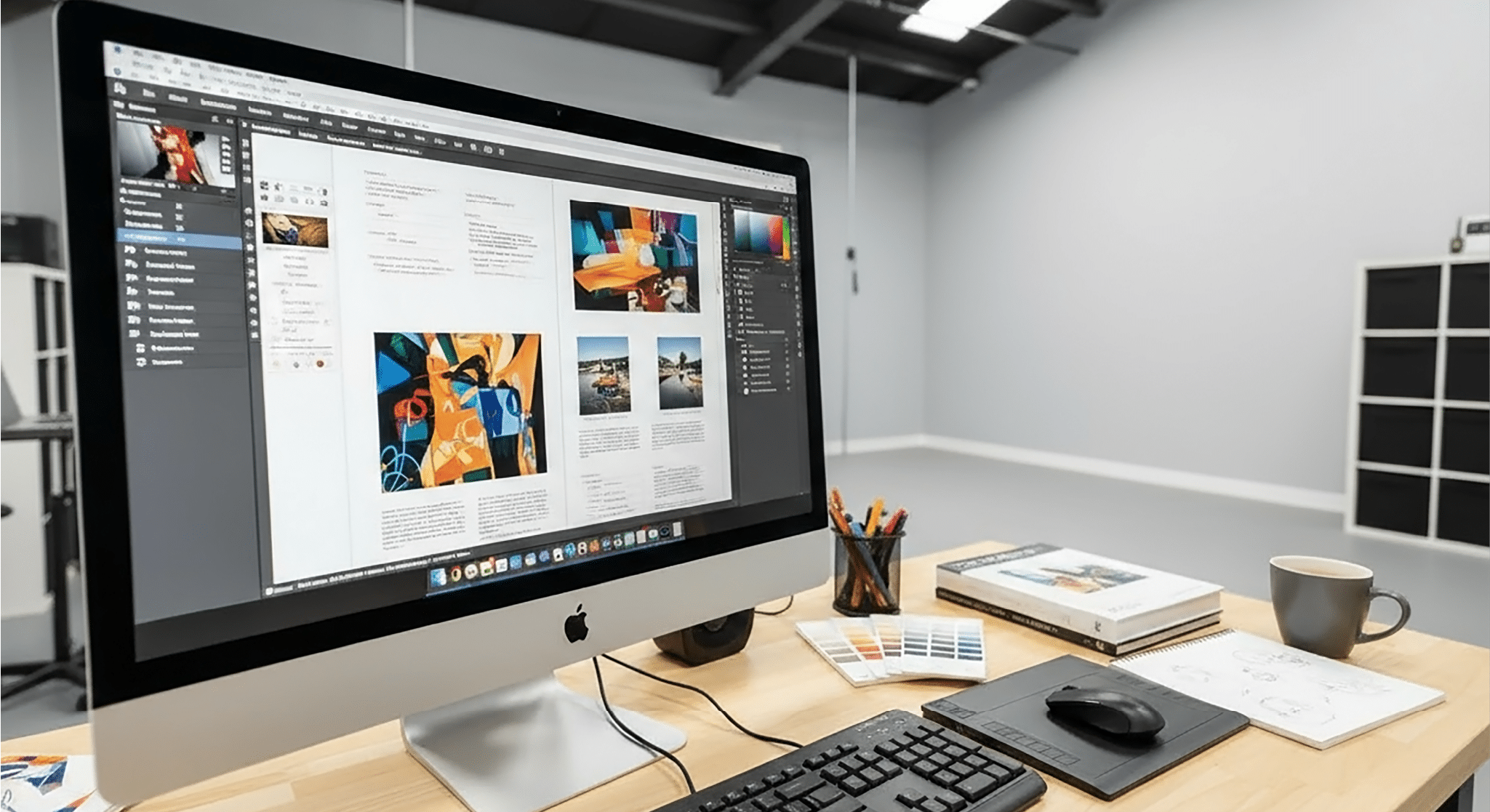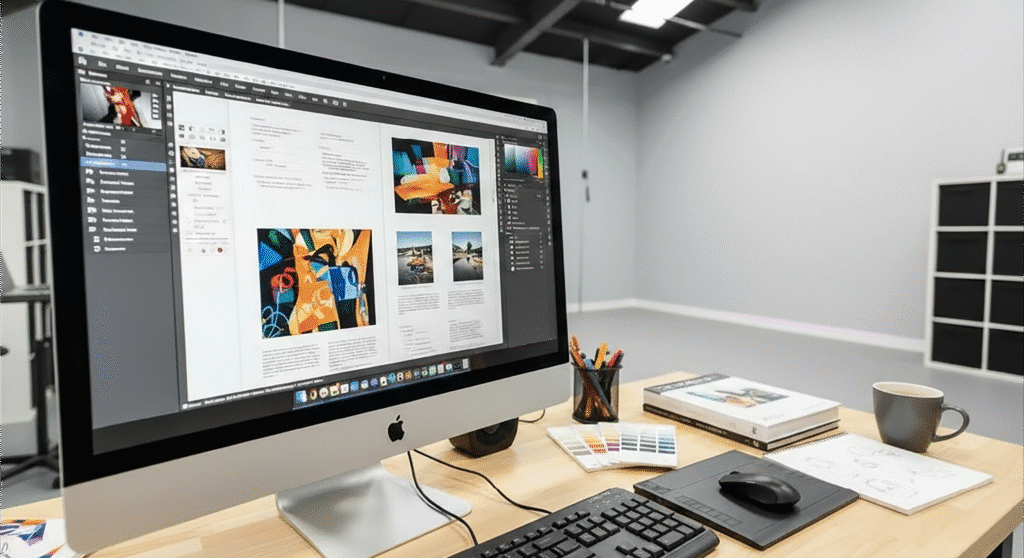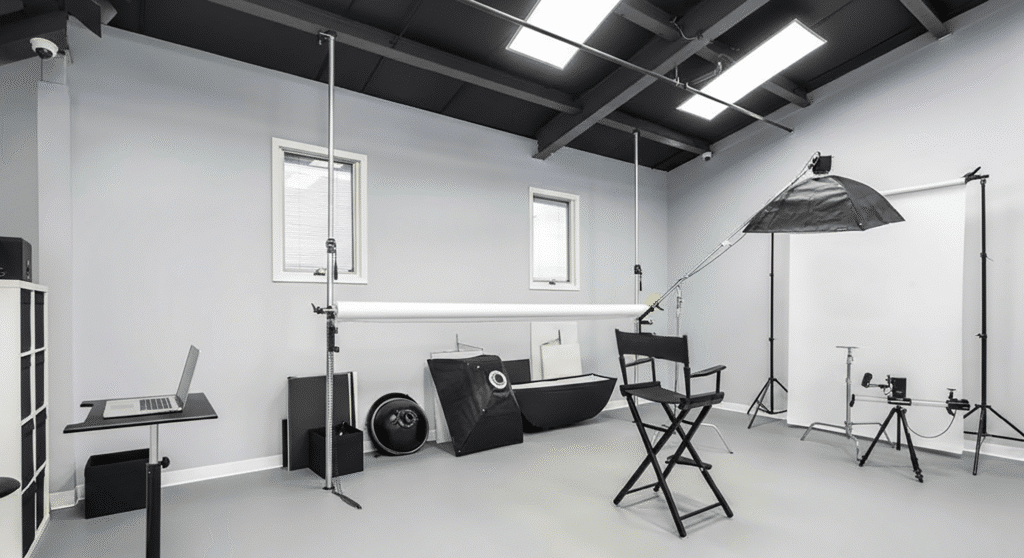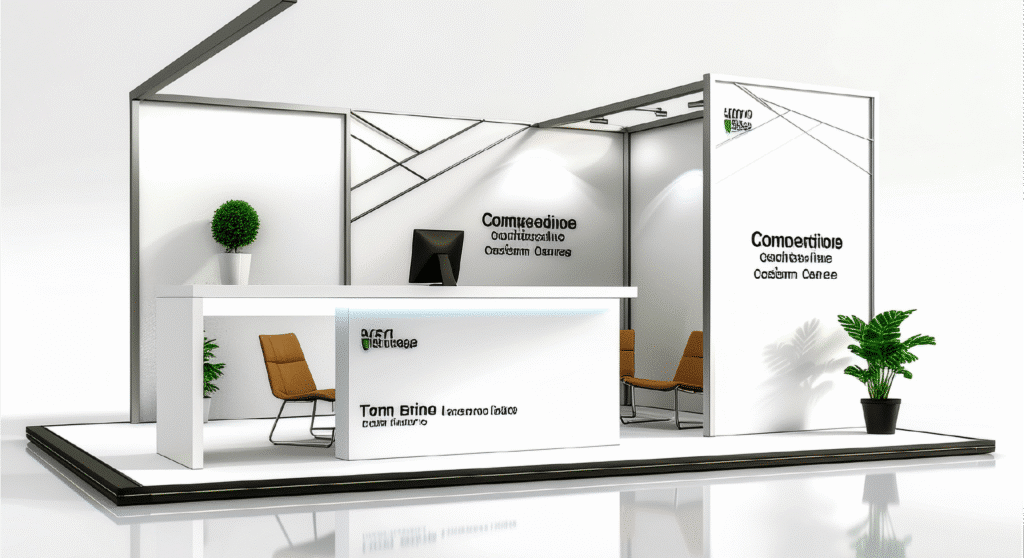In many companies, the internal magazine has a bittersweet reputation. It’s born from great intentions to connect and inform, but it often ends up gathering dust on desks or lost in an inbox. The problem is rarely a lack of news, but a lack of connection. An internal magazine isn’t just a newsletter; it’s a powerful tool for building culture, fostering a sense of belonging, and aligning the entire team.
However, for it to achieve its purpose, it must be designed with its most demanding audience in mind: the employees themselves. Strategic editorial design is the bridge between the corporate message and the reader’s genuine interest. Here, we break down the keys to transforming your internal publication from a corporate monologue into a conversation everyone wants to join.
1. Strategy: The Foundation of an Engaging Magazine
Before a single font or color is chosen, the success of an internal magazine is defined by its purpose. Without a clear strategy, design is just decoration.
- Define the “Why”: What is the main objective of the magazine? Is it to celebrate achievements, communicate strategic changes, educate on new processes, or strengthen the community? Each goal requires a different design approach. A magazine celebrating success should be visually vibrant and full of faces, while one communicating strategic changes needs to be clear, structured, and reassuring.
- Know Your Audience (For Real): Don’t design for the board of directors; design for the plant technician, the software developer, and the sales representative. What are they interested in? What kind of content do they consume outside of work? Conducting surveys or focus groups might reveal a preference for short, visual articles, infographics, and more human-centric content over long corporate texts.
- Establish a Consistent Tone of Voice: The magazine is an extension of your company’s culture. Define whether the communication will be formal and authoritative or approachable and conversational. This tone should be reflected in both the text and the visual style. For example, a friendly, approachable tone is complemented by candid photography and a more rounded typography.
2. Visual Design: More Than Just “Making It Pretty”
Good design doesn’t just attract the eye; it guides the reader through the content, making information accessible and enjoyable to consume.
- The Cover is Your Silent Salesperson: It’s the first and sometimes only point of contact. It must generate curiosity. Use a powerful image and an intriguing headline that speaks to a topic relevant to employees, not just the company. Avoid generic stock photos; a professional shot of a real team working on an exciting project will always be more effective.
- Visual Hierarchy for Easy Scanning: No one reads a magazine word-for-word from start to finish. Employees will skim it for what interests them. Use a clear typographic hierarchy with titles, subtitles, pull quotes, and captions to make the content easy to scan. This allows someone to grasp the key points of an article in under a minute.
- Smart Use of Space and Color: White space is your best friend. It helps the design breathe, reduces the feeling of being overwhelmed, and improves legibility. Use the corporate color palette creatively, assigning specific colors to different sections and creating a visual system that readers can intuitively recognize in each issue.
- Authentic Photography and Clear Infographics: Images are the heart of a magazine. Prioritize high-quality photographs of real employees in their work environment. To present data, sales figures, or survey results, infographics are an invaluable tool for transforming complex numbers into an easy-to-understand visual story.
3. Content: The Soul of the Publication
The world’s best design cannot save irrelevant content. The key is to balance “need-to-know” company information with stories that resonate on a personal level.
- Humanize the Narrative: Employees want to read about their colleagues. Include regular features like “A Day in the Life of…,” new hire profiles, team success stories, or even features on employee hobbies. Recognition is one of the greatest drivers of motivation.
- Encourage Participation: Turn the magazine into a two-way platform. Create sections for employee-generated content, such as photos from team events, anecdotes, or suggestions. Including polls, contests, or a “reader’s mailbox” makes people feel like part of the publication, not just its audience.
- Vary the Formats: To maintain interest, mix different types of articles in each issue:
- Brief News: Quick company updates.
- Feature Story: An in-depth report on a major project or initiative.
- Interview: A conversation with a leader or a standout employee.
- Photo Gallery: A visual way to cover internal events or milestones.
4. Consistency and Professionalism: The Mark of Quality
The internal magazine is a direct reflection of how the company values its people. A sloppy execution sends a negative message.
- Brand Consistency: The publication must feel like part of the brand, using the corporate logo, colors, and typography consistently. This doesn’t mean it has to be rigid; you can play with brand elements to create a unique identity for the magazine that remains recognizable.
- Production Quality: Whether it’s an interactive digital version (PDF or flipbook) or a printed edition, the final quality matters. A clean print on nice paper or a smooth, error-free digital experience demonstrates professionalism and respect for the reader’s time.
In conclusion, an internal magazine that employees actually read is the result of a reader-centric strategy, a design that invites and facilitates reading, and content that balances the corporate with the human. When these elements work in harmony, the magazine ceases to be an expense and becomes a strategic investment in the company’s culture and cohesion.



